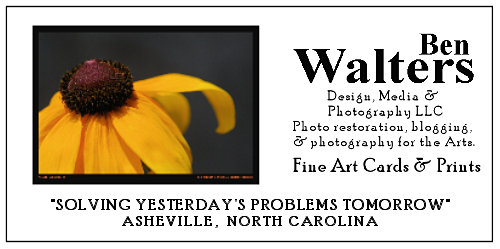 |
| Morris Island (Folly Beach), SC 1865 |
The number of reenactors had dwindled as the week went on and the only folks left manning the camp at Ft. Moultrie were two Confederate reinactors both of whom had flown in from the South of England. So effectively Fort Moultrie was in British hands and subject to the crown again. I was photographing to have some images for a new outlet for creative/community/commercial aspirations, yet another blog EastoftheCooper .
For several days I'd been studying the images from the Civil War which were made on glass plates using the collodion process. The images from that period have their own unique look due to the exacting process. The collodion emulsion which coated the fragile glass plates was very sensitive to the blue segment of the visible light spectrum. This blue sensitivity rendered darker skin tones and blank skies. I was hoping to recreate the black and white tonality of those images, in camera, with the multitude of options available on 21st century cameras. It was an experiment to see if I could come close to replicating that Matthew Brady look.
 |
| Matthew Brady (date unknown probably between 1855 -1870) |
 |
| Sesquicentennial Battle of Ft. Sumter Ft. Moultrie, SC / 4-14-2011 |
Later that evening my girlfriend & I ended up at a concert at the Pour House in Charleston watching Medeski & Martin after she won free tickets from a radio station call-in. This image is from the show. 150 years in a day.
 |
| Medeski & Martin (MAGO) at the Pour House, Charleston, SC 4-14-2011 |

No comments:
Post a Comment